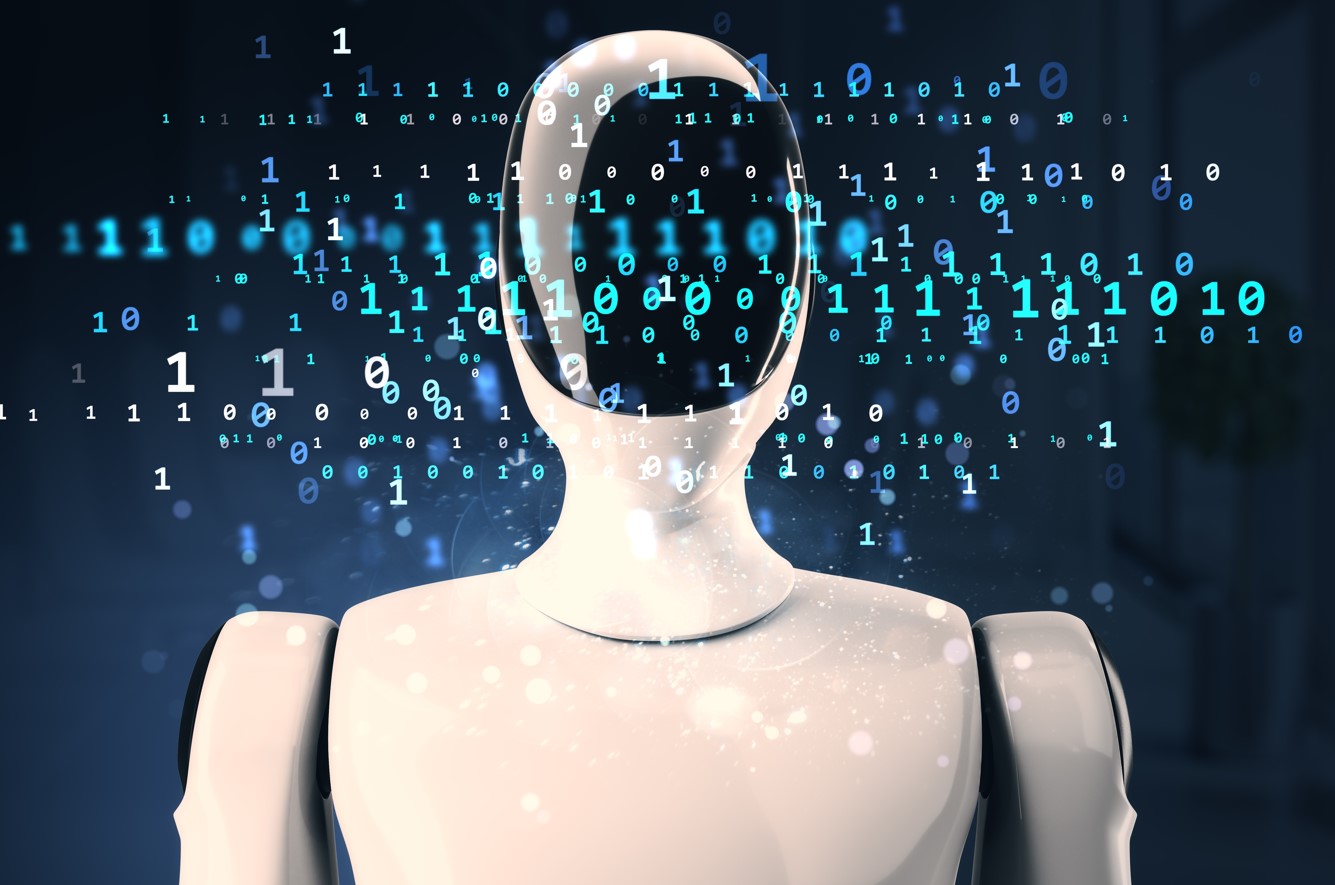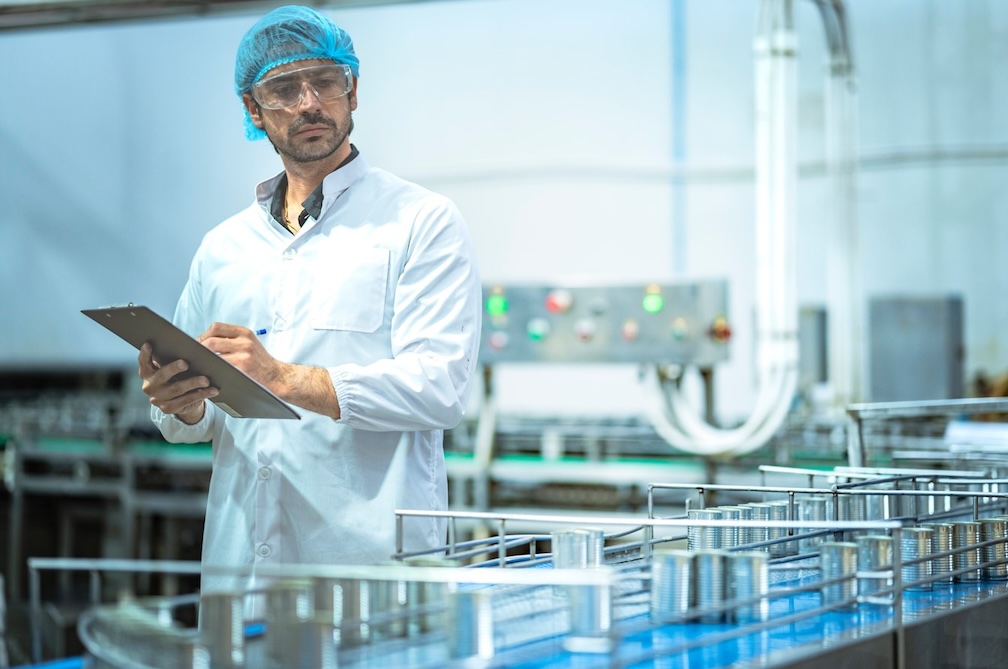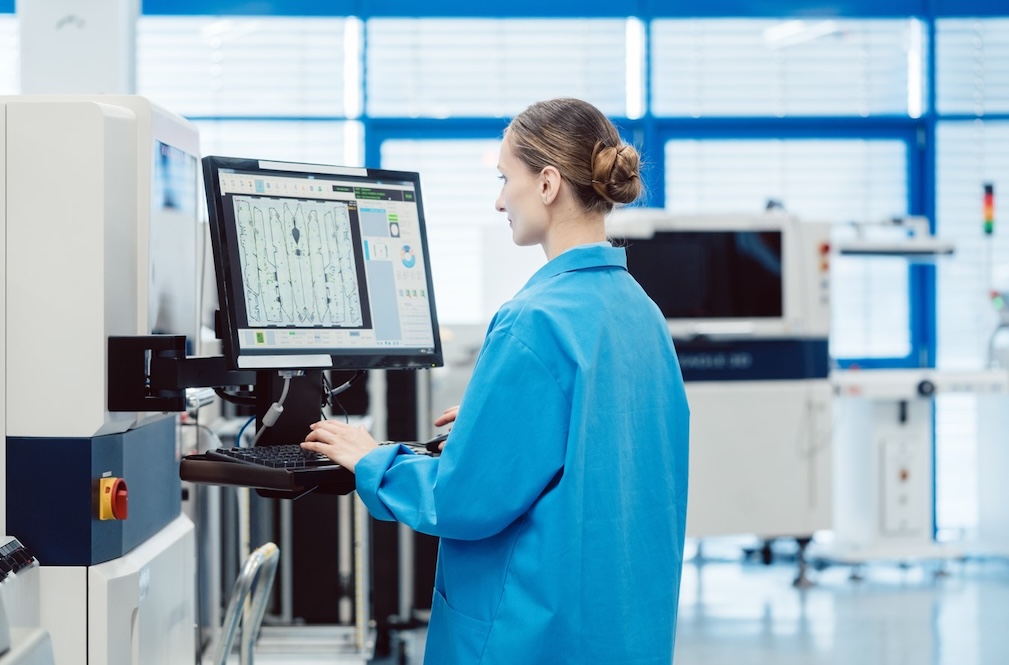Breaking News: Robots committed murder!
The history of humanoid robots is not only about technological development but also about human fears and myths. These sometimes become more deeply embedded in the collective subconscious than good news or technical data and results that are less obvious to laypeople.
Thus, the sensational "killer robot" trope was born as early as the late seventies: in 1979, at the Ford factory in Michigan, a robot caused the death of a worker. The incident eventually led to legal proceedings, and since then, the industry has recorded several robot-caused accidents elsewhere, even though these were naturally not related to humanoid robots but typically to industrial robotic arms. These events quickly took on a mythical colouring, and the success of The Terminator in 1984 added fuel to the fire, implanting the image of the intelligent, strong, murderous robot in the average person. This fear continues to define the social reception of robots to this day, although the real situation is far more nuanced.
Big in Japan: Japanese Robot culture and engineering challenges of the era
In the second half of the 20th century, Japan became the defining centre of robotics. The first real humanoid robot designs were born in the 1990s, primarily through research at Waseda University. A notable example is the WABIAN project, which focused on the biomechanics of bipedal walking. Japan did not embark on developments with such enthusiasm by accident: since the 1950s, harmless, sympathetic humanoid robots have played an important role in their pop culture. Astro Boy, Osamu Tezuka's manga character, sparked interest in robotics into an independent industry in Japan.
Despite this, the robotics breakthroughs of the '90s ran into serious engineering limitations: limited computational capacity, imprecise sensors, and weak batteries slowed progress.
The Art of movement: Theory and practice
The key to stable, human-like movement was born in the late '60s: the Zero Moment Point (ZMP) concept, attributed to Serbian Miomir Vukobratović, enabled dynamic modelling of robot equilibrium. In the 1980s, the aforementioned Waseda University in Japan further developed this method, and from 2000 onwards, it was commonly used in more complex, dynamic systems.
The development was demonstrated by a milestone event: in 2000, Honda unveiled the ASIMO humanoid robot, which could walk stably, climb stairs, and even engage in simple interactions. This overcoming of the fundamental problems of motion control and balancing opened the way for advanced humanoid technologies.
Just like us?
Robotics made great strides in movement, appearance and human interaction. In the 2000s, Hiroshi Ishiguro and his team took human-robot similarity to a new level with the development of Geminoids: silicone skin, micro-servos for facial expressions, moving eyes and lips, a chest simulating breathing – everything became deceptively human-like.
In 2016, Sophia, the creation of Hanson Robotics, took the stage: not only offering realistic facial expressions and conversation but also receiving Saudi citizenship and appearing at global forums, reigniting ethical and social debates about the boundaries of human-machine relationships.
Developers faced numerous developmental challenges: energy-efficient control of facial expressions, development of frubber (special facial skin), hardware-software integration, AI development, heat dissipation, fine motor skills of the hand, and limited budget.
Why is there a robot revolution now?
Alongside social challenges – labour shortages, an ageing society, isolation (e.g., the impact of COVID) and lack of human connections – technological development also plays a key role. The accelerated AI evolution resulting from the "Attention All You Need" study, the emergence of graphics processors excellent for computation, and advances in materials science have all contributed to the beginning of a veritable robot revolution in recent years.
Additionally, international competition is intensifying: China is entering the global humanoid robotics market with a significant technological advantage (primarily from vertical production derived from the country's size, capacity, and commitment) and intention.
Key players and pioneering developments
Today, numerous industry giants and innovative startups are working on humanoid robots:
Boston Dynamics (Atlas, 2013): proprietary hydraulic actuators, AI integration, dynamic movement – the world's "most dynamic robot".
Sanctuary AI (Phoenix 1.0, 2019): complete cognitive architecture, machine learning, computer vision, natural language processing, lower data requirements.
Tesla (Optimus, 2023): outstanding fine motor skills, proprietary AI chip, utilisation of FSD data.
Figure (Figure-01, 2024): end-to-end neural network-based control, complex tasks with minimal programming, Vision-Language-Action model (Figure Helix).
Unitree (H1, China): 44 degrees of freedom, lower price, open-source SDK, strong DIY developer community, democratising robot accessibility.
Nvidia Groot N1 (2025): AI platform for humanoids, software architecture modelling human thinking.
What's next?
Today's humanoid robots are already capable of:
- sensing and interpreting their environment,
- controlling their own movement and learning to optimise it,
- communicating with humans in natural language,
- making decisions independently,
- adapting with a high degree of generalisation ability.
Application areas: production lines, healthcare, elderly care, providing companionship, household robots – all situations where there is or is expected to be a shortage of human workers.
Nevertheless, developers still face significant challenges: durability, flexibility, ethics and safety, energy efficiency, effectiveness, tactile sensing, and adaptation.
Market outlook, future visions, and global trends
The coming years will bring exponential growth in global humanoid robotics
According to the Bank of America, by the end of 2025, the price of robots could decrease to $35,000, and by 2030 to $17,000.
By 2030, up to one million units could be sold annually, and by 2060, as many as 3 billion humanoids might be operating worldwide.
China has entered with market leadership ambitions: they forecast a market size of 2.158 billion yuan in 2024, growing to 38 billion yuan by 2030, with the number of units sold also multiplying.
The development of humanoid robots continues unabated – the industry's milestones are determined by technical developments, social needs, and global competition. Instead of the myths of the past, these increasingly human-like machines now seek answers to the real, rapidly changing challenges of everyday life.




